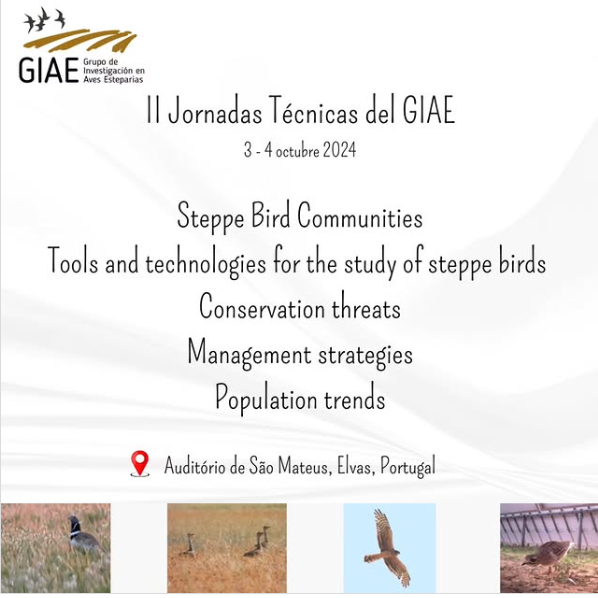The use of spatial models to assess habitat quality represents a powerful and innovative approach to biodiversity conservation. In particular, the application of InVEST (Integrated Valuation of Environmental Services and Tradeoffs) models allows a detailed and quantitative characterization of how anthropogenic threats impact habitat quality in complex landscapes. In this work, an InVEST model has been developed to determine the steppe condition/quality of habitats in Andalusia, taking into account the distribution and preferences of 29 steppe bird species. The InVEST model combines data on the suitability of different land uses/habitats for steppe birds, as well as the sensitivity of these habitats to various sources of degradation. This generates a map that reflects both habitat quality for steppe birds and their level of degradation. These results offer a precise and spatially explicit vision of the areas that require priority attention for the conservation of steppe birds, facilitating strategic planning in the management of this component of biodiversity. The reliability of the model has been validated with empirical data obtained in the field and from citizen science, with very favorable results. This guarantees the usefulness of InVEST models applied to non-generic conservation problems, as is usual.
This website uses cookies so that we can provide you with the best user experience possible. Cookie information is stored in your browser and performs functions such as recognising you when you return to our website and helping our team to understand which sections of the website you find most interesting and useful.


